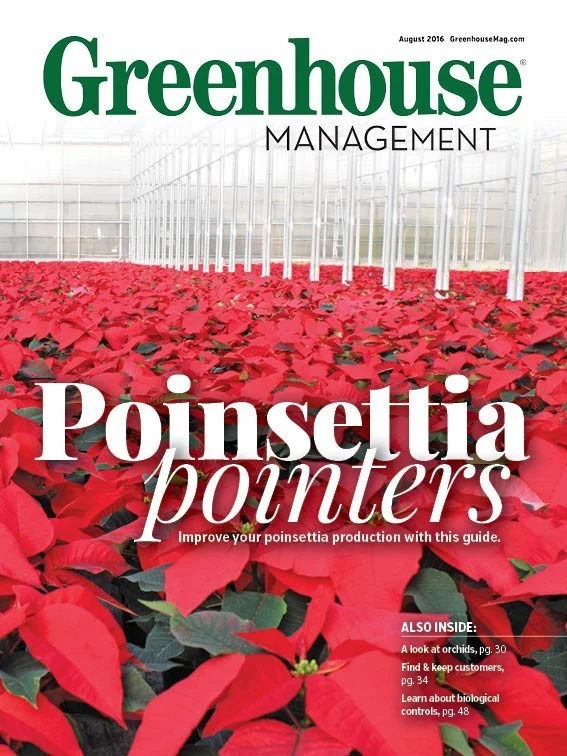
Editor’s note: This section, written by Roberto Lopez of Michigan State University, was excerpted with permission from the Volume 5, No. 27 edition of e-GRO Alert, published in April 2016.

Retractable shade curtains can be installed inside or outside, depending on the climate where the greenhouse is located. Typically, retractable shade curtains are installed inside the greenhouse (Fig. 1 and 2) in temperate climates where snow, ice or wind could damage external curtains. External shade curtains are typically used in tropical and subtropical climates where the light is reflected before it enters the greenhouse.
Internal shade curtains are the most common across the United States. Ideally, an internal shade curtain will consist of reflective materials such as aluminum strips to reflect incoming light without absorbing solar radiation. Shading materials such as black saran can absorb solar radiation, consequently heating the air in the greenhouse and plant temperature through radiant heat. This is counterproductive, as the main reason we use shading materials is to reduce air temperatures.
Shading percentage
For most crops, shading should not exceed 40 to 45 percent.
The percentage of shade that a retractable shade curtain provides depends on the location of the greenhouse, glazing material and crops. With the exception of low light crops such as Phalaenopsis orchids and African violets, shading should not exceed 40 to 45 percent.
Here are some of the advantages and disadvantages of using retractable shade curtains.
Advantages
- Can be retracted as needed
- Can have multiple layers of different shade percentages based on crop requirements or energy savings
- Curtains with aluminum strips reflect radiation with minimal absorption
- Can also be used as an energy curtain to help retain heat at night
Disadvantages
- Cost of material and installation
- Orientation can influence uniformity of light across the crop
- Selection of curtain material (open or closed construction) depends on greenhouse ventilation
- Black saran absorbs light and does not reflect it.

Explore the August 2016 Issue
Check out more from this issue and find your next story to read.
Latest from Greenhouse Management
- Anthura acquires Bromelia assets from Corn. Bak in Netherlands
- Top 10 stories for National Poinsettia Day
- Langendoen Mechanical hosts open house to showcase new greenhouse build
- Conor Foy joins EHR's national sales team
- Pantone announces its 2026 Color of the Year
- Syngenta granted federal registration for Trefinti nematicide/fungicide in ornamental market
- A legacy of influence
- HILA 2025 video highlights: John Gaydos of Proven Winners





